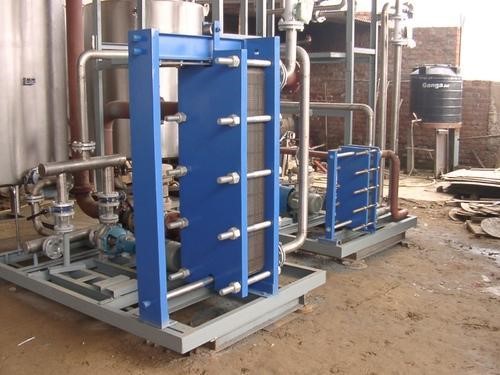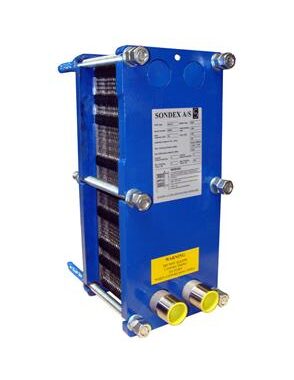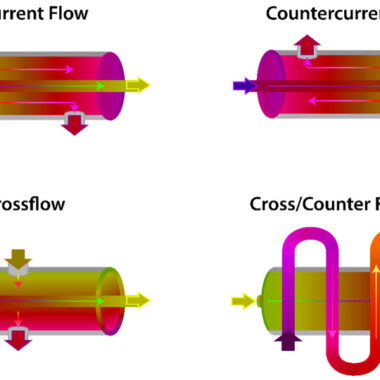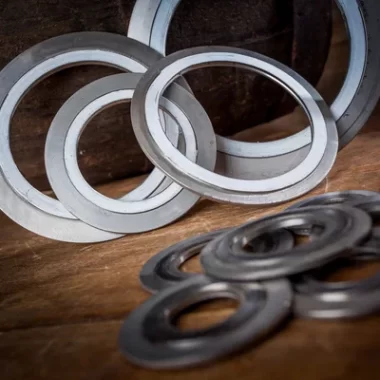Plate Heat Exchangers and Sustainability
Plate Heat Exchangers and Sustainability
Plate heat exchangers (PHEs) play a crucial part in upgrading maintainability over different businesses by progressing energy effectiveness, lessening squander, and minimizing natural affect. Their plan and usefulness make them an necessarily part of maintainable practices in sectors ranging from HVAC and nourishment preparing to power generation and past. Here’s a closer see at how PHEs contribute to plate heat exchangers sustainability:
1. Energy Efficiency
Improved Heat Transfer:
PHEs are outlined to supply a huge surface region for heat transfer whereas maintaining a compact measure. This plan maximizes the proficiency of heat trade, permitting for critical energy investment funds in heating and cooling forms.
Diminished Energy Consumption:
By progressing the proficiency of thermal forms, PHEs decrease the amount of energy required to realize craved temperatures. This decrease in energy utilization specifically translates to lower operational costs and a smaller carbon footprint.
Heat Recovery:
One of the foremost noteworthy sustainable benefits of PHEs is their capacity to recuperate waste heat from industrial forms. This recovered heat can be reused in other parts of the operation, lessening the require for additional energy input and minimizing waste.
2. Water Preservation
Efficient Utilize of Water:
PHEs are exceedingly effective in processes that require cooling or heating with water. Their productivity means that less water is required to attain the same thermal exchange, moderating a basic asset.
Closed-Loop Systems:
Many PHE applications utilize closed-loop systems, which reuse water inside the system, diminishing the require for continuous freshwater input and minimizing wastewater generation.
3. Reduction of Emissions
Lower Carbon Impression:
By progressing energy proficiency and empowering heat recovery, PHEs help facilities lower their overall carbon emanations. Decreased energy request means less fossil fills are burned, driving to lower nursery gas emissions.
Compliance with Environmental Regulations:
Improved proficiency and diminished emanations help companies comply with rigid environmental regulations, avoiding fines and contributing to broader environmental protection endeavors.
4. Minimizing Waste
Ideal Resource Utilization:
The effective operation of PHEs guarantees that resources such as energy, water, and raw materials are utilized optimally, lessening waste and promoting supportability.
Reduced Chemical Use:
In a few applications, PHEs diminish the require for chemical medications, such as antifreeze in HVAC systems or biocides in water treatment, by maintaining way better control over temperatures and diminishing the arrangement of biofilms and scale.
5. Longevity and Support
Durable Materials:
PHEs are developed from durable materials such as stainless steel and titanium, which stand up to corrosion and wear, leading to longer operational life expectancies and less visit replacements.
Ease of Support:
Their plan permits for simple disassembly, cleaning, and support, guaranteeing that they work productively for expanded periods and reducing downtime and resource expenditure for repairs.
6. Versatility and Adaptability
Application Over Industries:
PHEs are utilized in a wide range of businesses, including nourishment and refreshment, pharmaceuticals, chemical preparing, and renewable energy, making them a flexible arrangement for maintainable practices over different sectors.
Adaptable Plan:
The secluded plan of PHEs permits for simple adjustment and scaling, enabling businesses to alter their heat exchange systems as required without noteworthy upgrades or waste.
Conclusion
Plate heat exchangers are instrumental in advancing supportability in industrial and commercial forms. Their capacity to enhance energy productivity, moderate water, diminish outflows, minimize squander, and extend operational life expectancies makes them a basic component in the drive toward more feasible industrial practices. As businesses proceed to prioritize maintainability, the part of PHEs in accomplishing environmental objectives and operational efficiency will as it were grow, making them an basic tool within the move to greener and more capable generation and preparing methods.






Choosing the Right Construction Method for Your PHE - Cool Fab Equipments June 27, 2024 at 1:59 pm
[…] the Right Construction Method for Your PHE : Selecting the fitting development method for your Plate Heat Exchanger (PHE) is basic to […]